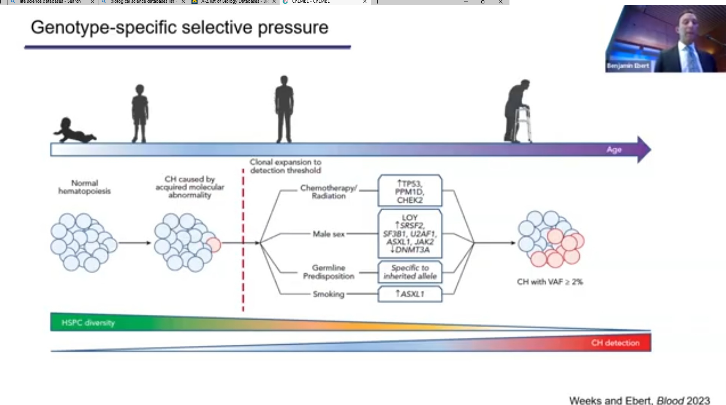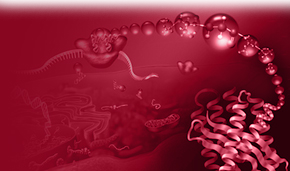|
|

|
|
Science Sparks @ ACTREC
|
 22nd September 2025 22nd September 2025 |
Vol. No. 14 ; Issue No.701 |
|
|
Publications
|
|
1. Iengar P, Venkatraman P (2025). Using the reactome graph database to generate pathway fingerprints for cancer-related genes, and using the fingerprints to gain insights into cancer, comorbidity, and cancer gene networks. Computational Biology and Chemistry.
2. Jalali R, Ghosh S, Chatterjee A, Goswami S, Shah N, Dutta D, Krishna U, Gupta T, Goda JS (2025). High-precision radiotherapy achieves excellent long-term control and preserves function in pediatric craniopharyngioma-Subset analysis of a randomized trial. Neuro Oncology.
Book/Manual
Samantaray S, Patil S, Patra P, Mohanty S, Swain S, Panda P, Budukh A, Chaturvedi P (2025). Identification and management of oral potentially malignant disorders and cancer: Manual for health workers of Odisha state. Tata Memorial Centre, Mumbai. (ISBN: 978-93-82963-79-0)
|
|
|
|
|
Interesting Reads
|
|
Hegde S, Giotti B, Soong BY, Halasz L, Le Berichel J, Schaefer MM, Kloeckner B, Mattiuz R, Park MD, Magen A, Marks A, Belabed M, Hamon P, Chin T, Troncoso L, Lee JJ, Fan K, Ahimovic D, Bale MJ, Nie K, Chung G, D'souza D, Angeliadis K, Kim-Schulze S, Flores RM, Kaufman AJ, Ginhoux F, Buenrostro JD, Josefowicz SZ, Tsankov AM, Marron TU, Ma S, Brown BD, Merad M (2025). Myeloid progenitor dysregulation fuels immunosuppressive macrophages in tumours. Nature.
|
|
|
Video of the Week
|

|
| The origins of Cancer |
|
| |
|
|
| |
|
|
|
|
Do You Know?
In 2014, Pembrolizumab (Keytruda) became the first PD-1-targeting immune checkpoint inhibitor approved by FDA.
|

|
|
|
Cancer News
|
| |
|
|
| |
|
|
|
Glioblastoma cells “unstick” from their neighbors to become more deadly
|
|
EurekAlert, 18/09/2025
|
|
The study offers a new possible explanation for why the cancer is so difficult to treat. The researchers found that “dispersed” cells in the tumor are more plastic, a biological term for cells that are malleable and able to shift to different forms or states...
|
|
|
|
|
|
|
| -
|
2025 Advanced Centre for Treatment, Research and Education in Cancer (ACTREC)
|
|
